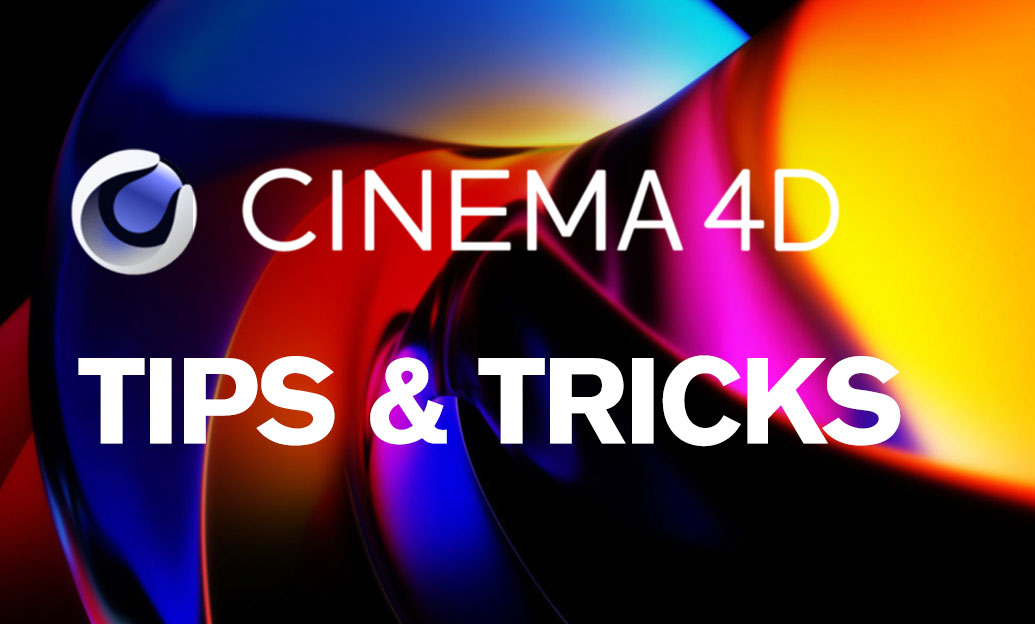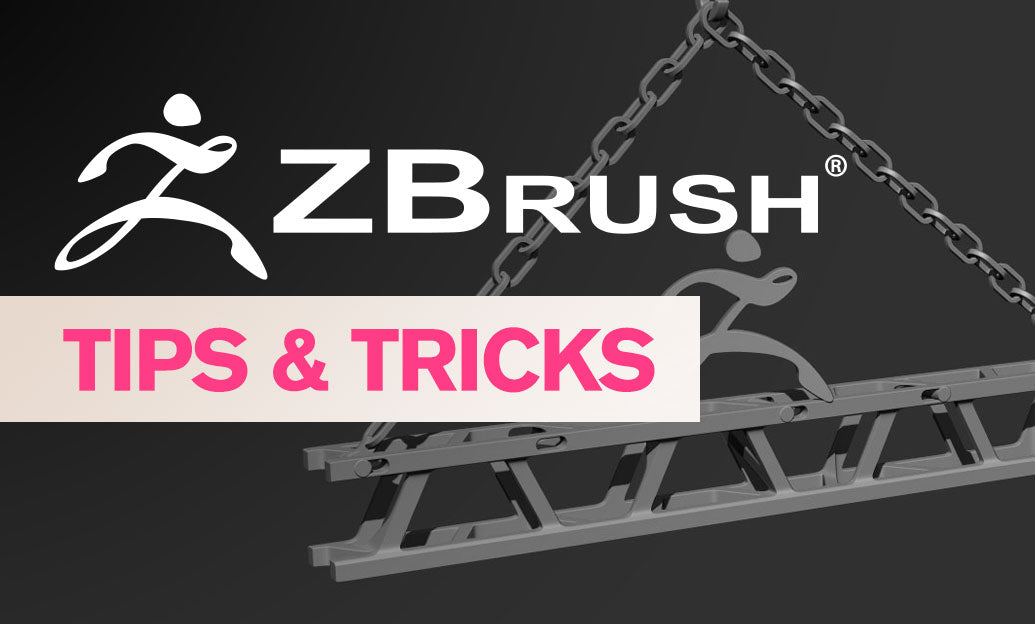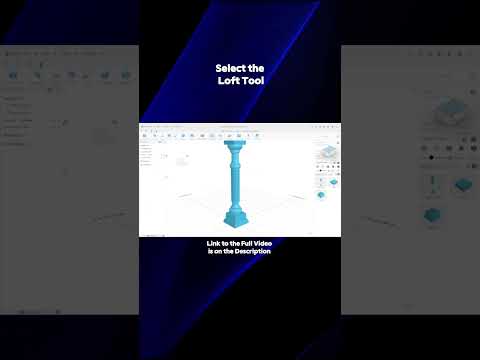Your Cart is Empty
Customer Testimonials
-
"Great customer service. The folks at Novedge were super helpful in navigating a somewhat complicated order including software upgrades and serial numbers in various stages of inactivity. They were friendly and helpful throughout the process.."
Ruben Ruckmark
"Quick & very helpful. We have been using Novedge for years and are very happy with their quick service when we need to make a purchase and excellent support resolving any issues."
Will Woodson
"Scott is the best. He reminds me about subscriptions dates, guides me in the correct direction for updates. He always responds promptly to me. He is literally the reason I continue to work with Novedge and will do so in the future."
Edward Mchugh
"Calvin Lok is “the man”. After my purchase of Sketchup 2021, he called me and provided step-by-step instructions to ease me through difficulties I was having with the setup of my new software."
Mike Borzage
Cinema 4D Tip: Creating Engaging Motion Graphics Promos in Cinema 4D
January 09, 2025 3 min read

Creating a simple motion graphics promo in Cinema 4D is an excellent way to harness the software's robust capabilities to produce eye-catching animations. Here's a step-by-step guide to help you craft your own promo with professional flair:
1. Set Up Your Project
- Create a New Project: Start by launching Cinema 4D and selecting File > New to open a fresh workspace.
- Configure Project Settings: Navigate to Edit > Project Settings or press Ctrl+D (Cmd+D on Mac) to adjust key settings like frame rate (typically 24 or 30 fps) and project duration, ensuring your promo matches the desired output specifications.
2. Design Your Elements
- Utilize the MoGraph Module: Access powerful motion graphics tools under the MoGraph menu, starting with the Cloner object to replicate elements efficiently.
- Create Basic Shapes and Text: Use primitive objects (cubes, spheres) and the MoText object for 3D text, which is great for titles and callouts in your promo.
- Explore Splines and Generators: Draw custom shapes with spline tools and bring them to life using generators like Extrude, Lathe, or Sweep to create complex geometry.
3. Apply Animation with Effectors
- Use Effectors for Dynamic Movement: Add effectors such as Random, Step, and Delay to your Cloner to create organic motion effortlessly.
- Customize Effector Parameters: Tweak parameters like Position, Scale, and Rotation within each effector to achieve the desired animation style.
- Combine Multiple Effectors: Stack effectors to create complex animations, controlling the order and influence through the Effector tab.
4. Fine-Tune Animations with the Timeline
- Adjust Keyframes: Access the Timeline (Window > Timeline (Dope Sheet)) to modify the timing and interpolation of your animations.
- Use F-Curve Manager: For smoother animations, adjust the curves in the F-Curve Manager to refine easing and motion flow.
- Implement Animation Layers: Organize complex animations by using layers, allowing for non-destructive editing and better control.
5. Enhance Visuals with Materials and Lighting
- Create Custom Materials: Experiment with the Material Editor to apply textures, reflections, and transparency, adding depth to your objects.
- Utilize Reflectance Channel: Incorporate the Reflectance channel for realistic surface reflections, adjusting parameters like Specular and Glossiness.
- Implement Global Illumination: Enable Global Illumination in the Render Settings for more natural lighting. Be mindful of render times.
- Set Up Three-Point Lighting: Use key, fill, and rim lights to illuminate your scene effectively, enhancing the overall look.
6. Camera Movements and Angles
- Add Dynamic Camera Moves: Animate the camera to add motion, such as pans, zooms, or tracking shots, making your promo more engaging.
- Use Camera Morph Tag: Smoothly transition between different camera angles using the Camera Morph tag for professional cinematic effects.
- Depth of Field: Enable and adjust Depth of Field settings to focus attention on specific elements within your scene.
7. Optimize and Render
- Optimize Scene for Rendering: Use instance objects and simplify geometry where possible to reduce render times without sacrificing quality.
- Set Up Multipass Rendering: Enable Multipass rendering to output separate layers (shadows, reflections, etc.), giving you more control during post-production.
- Choose Output Formats: Select appropriate formats like PNG sequences or QuickTime movies, depending on your workflow.
8. Final Touches and Export
- Add Post-Effects: Incorporate effects like Motion Blur and Ambient Occlusion to enhance realism.
- Render Your Animation: Double-check all settings, save your project, and begin the rendering process via Render > Render to Picture Viewer.
- Review and Edit: After rendering, import your footage into a video editing software for final adjustments, adding sound, and exporting the finished promo.
By meticulously following these steps, you'll create a compelling motion graphics promo that highlights your creativity and technical skills in Cinema 4D. For further learning and to expand your toolkit, check out resources and plugins available at NOVEDGE, your go-to source for professional 3D software solutions.
You can find all the Cinema 4D products on the NOVEDGE web site at this page.
Also in Design News

💎 Rhino Artisan Arrives in Turkey: Revolutionizing Jewelry Design
February 27, 2025 1 min read
Read More
ZBrush Tip: Mastering Curve Surface for Unique Textures in ZBrush
February 27, 2025 2 min read
Read MoreSubscribe
Sign up to get the latest on sales, new releases and more …



